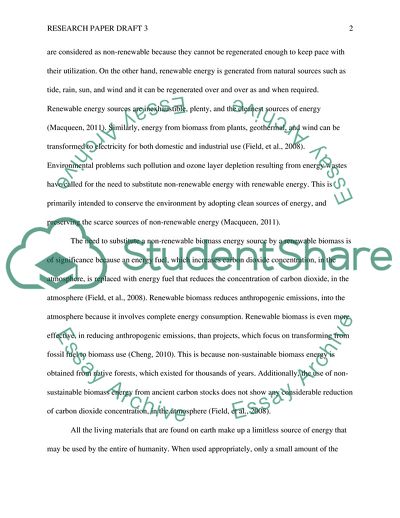Cite this document
(Substituting Non-Renewable Energy With Renewable Energy Research Paper, n.d.)
Substituting Non-Renewable Energy With Renewable Energy Research Paper. https://studentshare.org/english/1791414-research-paper-final-draft
Substituting Non-Renewable Energy With Renewable Energy Research Paper. https://studentshare.org/english/1791414-research-paper-final-draft
(Substituting Non-Renewable Energy With Renewable Energy Research Paper)
Substituting Non-Renewable Energy With Renewable Energy Research Paper. https://studentshare.org/english/1791414-research-paper-final-draft.
Substituting Non-Renewable Energy With Renewable Energy Research Paper. https://studentshare.org/english/1791414-research-paper-final-draft.
“Substituting Non-Renewable Energy With Renewable Energy Research Paper”. https://studentshare.org/english/1791414-research-paper-final-draft.


